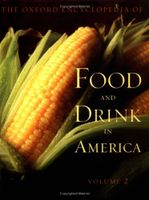Advertisement
Canning and Bottling
Published 2004
This state of affairs changed in the early nineteenth century. In 1795 the French government offered a prize for an improved method of conserving food. Nicolas Appert began experiments on different methods of preserving food. The best technique, he concluded, was boiling and sealing food in a container without air. Appert packed fruits, vegetables, meats, and other foods into wide-mouthed glass bottles and then heated them for various lengths of time in a bath of boiling water. The openings were sealed with a stopper made of cork tightly wired to the bottle. He wrote up his conclusions, which were published in France in 1810 and two years later in England and the United States as The Art of Preserving. The British built on Appert’s methods, choosing tin for containers rather than glass.


